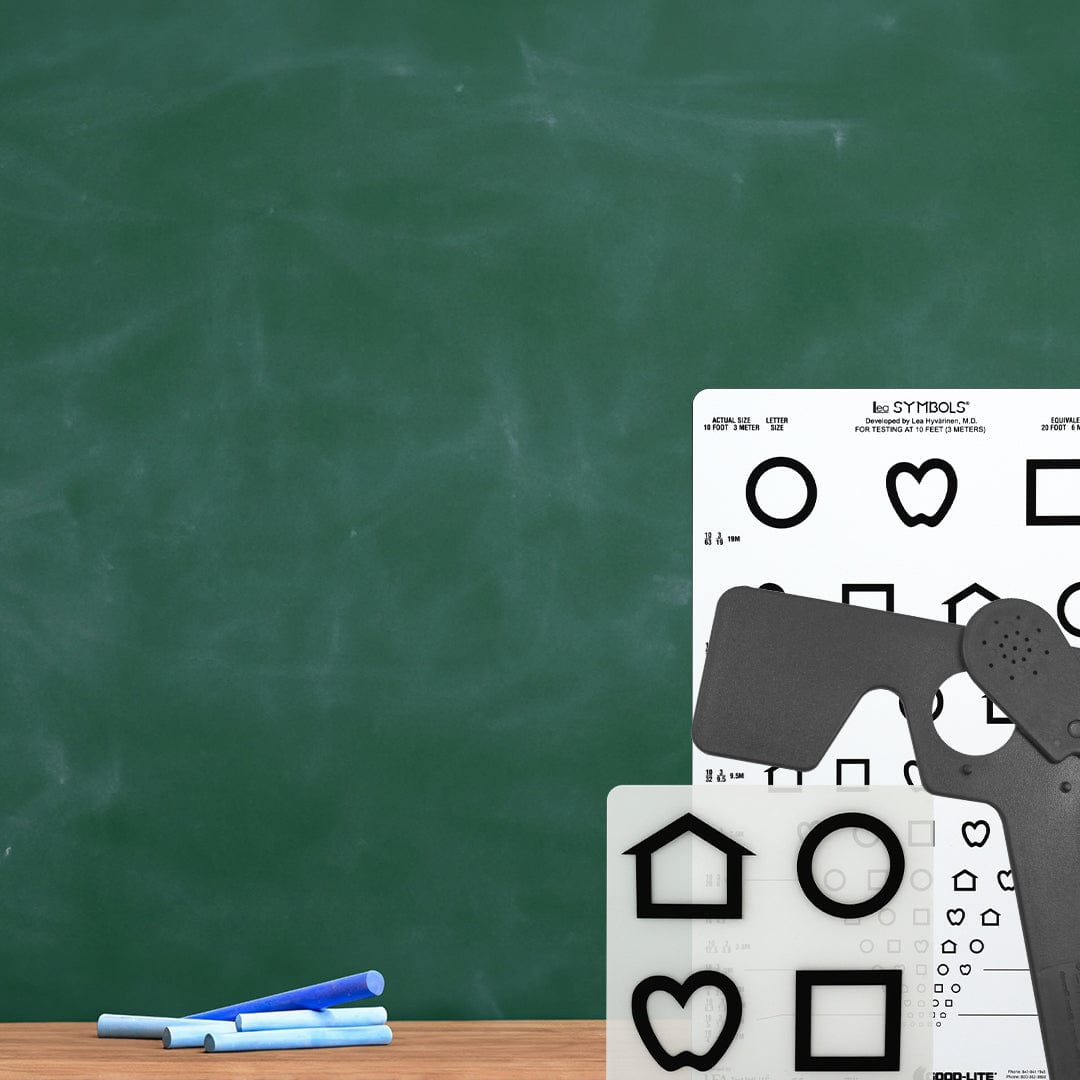Table of content
Sports Vision Training
In the high-stakes world of Olympic competition, where milliseconds can determine victory, athletes continuously seek ways to gain an edge over their rivals. One of the crucial aspects of athletic performance is vision. Sports vision training, a specialized branch of sports science, has gained prominence as a vital component in the preparation of Olympic athletes. This training focuses on enhancing the visual abilities that are fundamental to peak performance, such as dynamic visual acuity, eye-hand coordination, peripheral awareness, depth perception, and reaction time. The same tools that are used for Vision Therapy can also be used to fine-tune ‘normal’ vision, and for athletes, that could be the advantage that pushes them to get the gold.
The same tools that are used for Vision Therapy can also be used to fine-tune ‘normal’ vision, and for athletes, that could be the advantage that pushes them to get the gold.
Vision is more than just seeing clearly; it encompasses how well athletes can process and respond to what they see. In many sports, especially those involving fast-moving objects or complex spatial dynamics, the ability to quickly and accurately interpret visual information is critical. For instance, in sports like archery or shooting, precision and accuracy depend heavily on visual skills. Similarly, in fast-paced sports like basketball, volleyball, or tennis, athletes must constantly track the ball, opponents, and teammates while making split-second decisions.
Dynamic Visual Acuity
Dynamic visual acuity, the ability to see moving objects clearly, is crucial for sports like cycling, where athletes need to navigate at high speeds. Sports vision training helps improve this ability, allowing athletes to better track objects and anticipate their movements. Enhanced dynamic visual acuity translates to better performance, as athletes can more accurately judge distances and react to changes in their environment.
Eye-Hand Coordination
Eye-hand coordination is another vital skill developed through sports vision training. In sports such as table tennis, baseball, or boxing, the synchronization of visual input with physical response is essential. Training programs often include exercises that improve the brain's ability to link what the eyes see with the body's movements, thereby increasing precision and timing.

Peripheral Awareness
Peripheral awareness allows athletes to be aware of their surroundings without directly looking at them, a skill particularly useful in team sports. By improving peripheral vision, athletes can better monitor the positions of other players and make more informed decisions. This enhanced situational awareness can be the difference between intercepting a pass or missing a crucial play.
Depth Perception
Depth perception, the ability to judge the distance between objects, is another key area enhanced by sports vision training. In sports such as gymnastics or diving, where athletes must accurately judge their positioning and movements in space, improved depth perception ensures better performance and reduces the risk of injury.
Reaction Time
Finally, quick reaction time is critical across almost all sports. Sports vision training includes drills that enhance the speed at which visual information is processed and acted upon. This improvement allows athletes to react more swiftly and effectively to their opponents' actions or changes in their environment.
Sports vision training is an indispensable tool for Olympic athletes aiming to optimize their performance. By refining visual skills such as dynamic visual acuity, eye-hand coordination, peripheral awareness, depth perception, and reaction time, athletes can gain a significant competitive advantage. As sports continue to evolve and the margin for error diminishes, the importance of comprehensive vision training in the preparation of elite athletes cannot be overstated.
Good luck to all the athletes competing this year in Paris Olympics!










